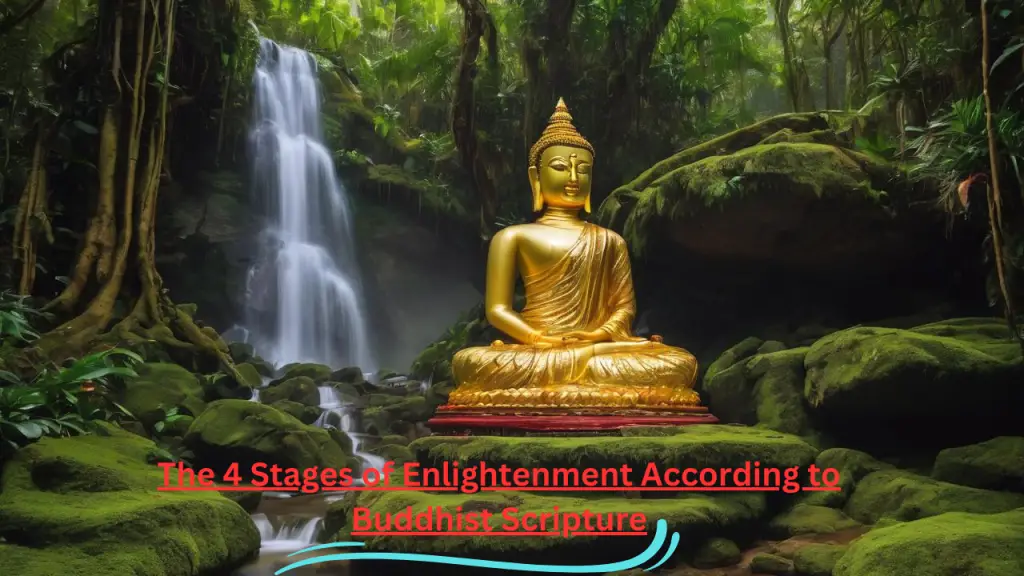Chapin 20000 Made in USA 1 -Gallon Lawn and Garden Pump Pressured Sprayer, for Spraying Plants, Garden Watering, Weeds and Pests, Polypropylene, Translucent White
$14.98 (as of April 26, 2024 18:18 GMT +00:00 - More infoProduct prices and availability are accurate as of the date/time indicated and are subject to change. Any price and availability information displayed on [relevant Amazon Site(s), as applicable] at the time of purchase will apply to the purchase of this product.)Introduction
Enlightenment, or bodhi, is the highest goal in Buddhism – a state of perfect wisdom, spiritual freedom and liberation from suffering. But how exactly can an ordinary person achieve such a profound awakening? According to Buddhist teachings, enlightenment is systematically attained by following the Noble Eightfold Path and diligently cultivating insight into impermanence, non-self and emptiness through dedicated meditation and practice.
In this comprehensive guide, we’ll explore the Buddhist conception of enlightenment, the philosophical framework provided by the Four Noble Truths and Three Marks of Existence, the gradual stages and practices on the path, and the core insights and factors required for its ultimate realization. By systematically developing wisdom, virtue and understanding of reality’s true nature, anyone can progressively work toward enlightenment over multiple lifetimes according to Buddhist doctrine.
The Goal of Enlightenment
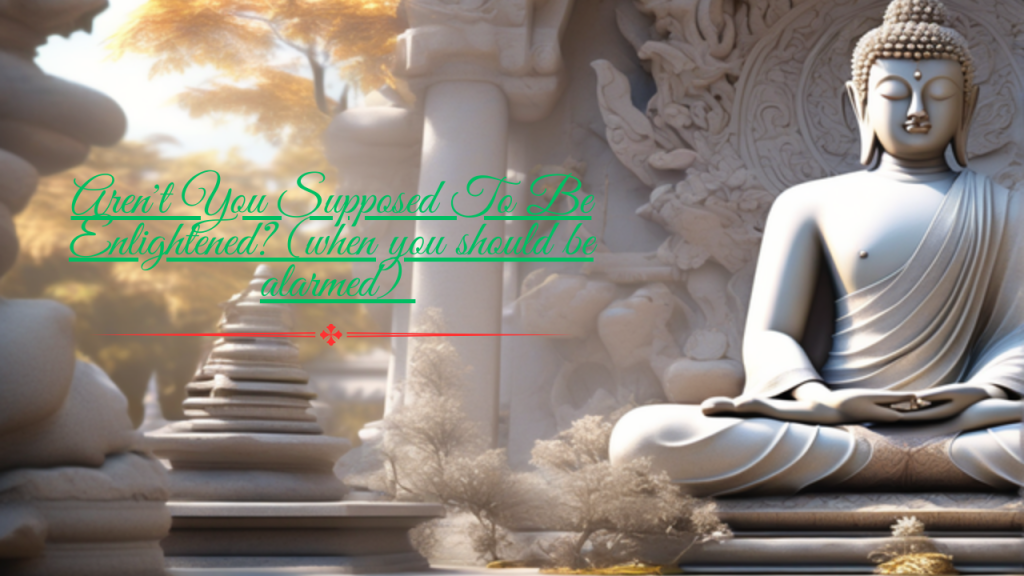
In Buddhism, enlightenment refers to nirvana – the final peace and liberation from samsara, the beginningless cycle of birth, death and suffering. It is described as the natural, unbinding clear light of the mind, free of all obscurations, cognitive errors and mental factors producing affliction. Enlightenment is not a supernatural accomplishment but the full development of a Buddha-nature inherent in all beings.
When enlightenment is attained, one realizes highest wisdom through direct insight into dependent origination, emptiness, signlessness and wishlessness – directly perceiving reality just as it is without any mistaken perceptions or constructs of a separate self. With this comes the permanent elimination of ignorance, greed, aversion, conceit and other defilements creating suffering. Enlightened beings have become fully liberated from the three poisons and cyclical patterns binding us to samsara.
The Gradual Approach

While the goal of enlightenment is lofty, Buddhist teachings provide a systematic, gradual and methodical path toward its attainment. Enlightenment is described not as something achieved all at once, but through step-by-step increments of wisdom and virtue over multiple lifetimes according to one’s diligence and accumulations of merit.
The Buddha outlined the Noble Eightfold Path as the sure method, consisting of right view, intention, speech, action, livelihood, effort, mindfulness and concentration. By developing these factors progressively in a balanced way through sustained practice, ignorance and delusion are uprooted, perception is purified and true insight ripens leading one stage by stage to liberation.
Some key aspects of the gradual approach worth noting include:

Realistic incremental progress rather than expecting instant transformation.
Balanced development of both wisdom and ethical discipline simultaneously.
Focusing progress through this very lifetime while accepting the possibility of completing the path over multiple rebirths.
Learning from mistakes non-judgmentally and renewing diligent effort to deepen understanding and skillful qualities.
The goal is systematic cultivation and ripening of discernment into reality’s inherent nature – recognizing this insight comes through a persistent training regime, not wishful thinking alone.
The Four Noble Truths

The Four Noble Truths provide the foundational philosophical framework for Buddhist thought and the path to enlightenment. They were among the very first teachings expounded by the Buddha and encapsulate his insights into the nature of suffering and how liberation can be attained. Understanding and contemplating them deeply is essential for awakening.
The four truths are:

The Noble Truth of Suffering: All conditioned phenomena involve inherent unsatisfactoriness and dissatisfaction.
The Noble Truth of the Origin of Suffering: Suffering arises due to craving rooted in ignorance toward impermanence.
The Noble Truth of the Cessation of Suffering: It is possible to eliminate suffering completely by uprooting its origin through the cessation of craving.
The Noble Truth of the Path Leading to the Cessation of Suffering: Following the Noble Eightfold Path dismantles ignorance and cuts the root of craving, leading to the end of suffering.
Internalizing these four profound insights through repeated reflection and meditation aids deepening wisdom into dependent origination, emptiness and the attainment of nirvana. They provide the philosophical launchpad for practicing the gradual path.
The Three Marks of Existence
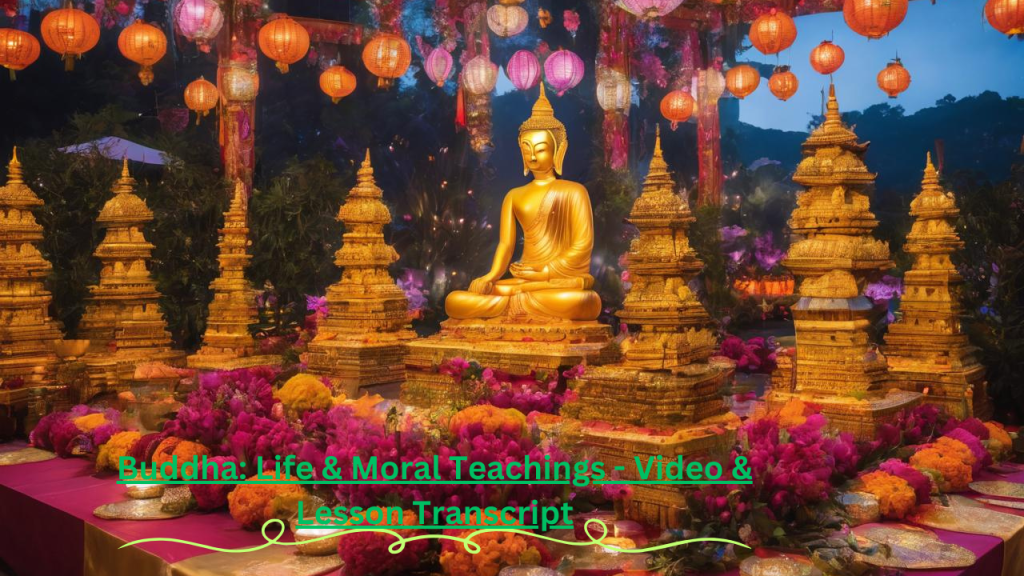
Related to the Four Noble Truths are the Three Marks or Three Universal Characteristics, which delineate core perceptions all followers of the Buddhist path aim to understand directly through insight. They are:
Anicca – All compounded things are impermanent and constantly changing. Nothing lasts or can be depended on for lasting satisfaction.
Dukkha – Suffering, dissatisfaction and stress are inherent in all impermanent conditioned phenomena and experiences affected by the three poisons.
Anatta – No phenomenon has a fixed, independent, self-existent essence or identity. All are empty of autonomous substance or qualities.
Profoundly comprehending these three core attributes of existence through direct experience leads to dismantling misconceptions of independent selfhood and the root causes producing cyclic suffering. As understanding crystallizes, ignorance is progressively weakened until liberation dawns.
Stages of Progress on the Path
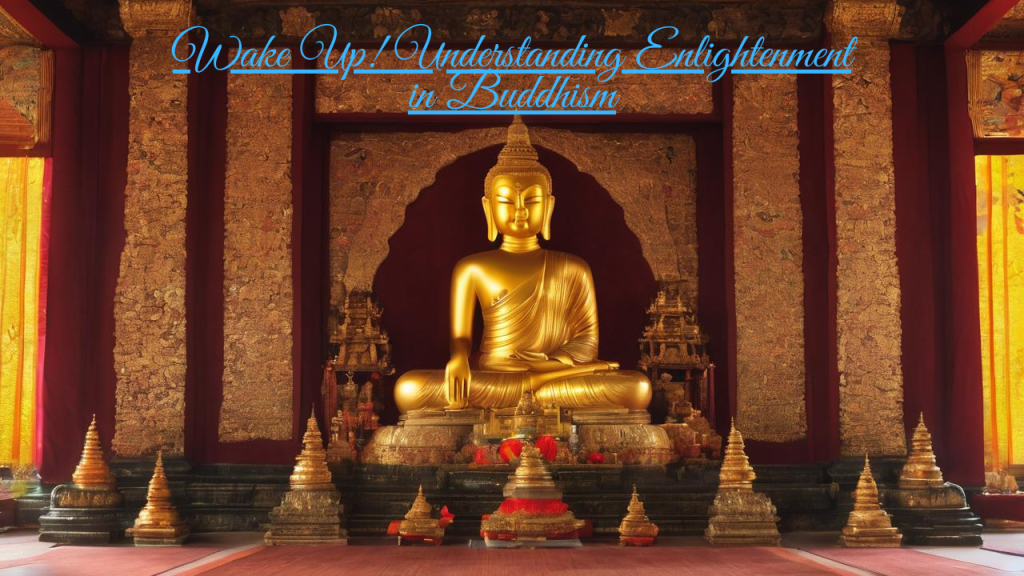
Buddhist texts outline a graduated sequence of stages or ranks of attainment envisioned along the journey to full enlightenment. These provide signposts and milestones to mark incremental progress. While modern interpretations vary, core stages described include:
Sotapanna: Stream-enterer – has gained a first glimpse of the Dharma and is assured of nirvana within 7 lifetimes.
Sakadagami: Once-returner – will be reborn once more in the human or celestial realms before becoming fully enlightened.
Anagami: Non-returner – will achieve full enlightenment in their next life without returning to the human realm.
Arahant: Worthy One – has destroyed the mind’s obstructions and will be liberated upon death.
Pratyekabuddha: Solitary Buddha – reaches enlightenment independently without teaching others.
Samyaksambuddha: Fully Enlightened Buddha – like Shakyamuni Buddha, achieves complete perfect enlightenment and is able to teach the path to others.
These stages allow gauging advances in wisdom and merit accrual from one level to the next closer to buddhahood. They act as road signs revealing progress being made.
The Paramitas – Perfection of Virtues

In Mahayana Buddhism, enlightened beings are said to have cultivated and perfected the paramitas or “transcendental virtues.” These 10 paramitas support progress through fostering generosity, ethics, patience, vigilant effort, meditation and prajna wisdom. They include:
Dana paramita – the perfection of generosity,
Sila paramita – the perfection of ethics
Kshanti paramita – the perfection of patience
Virya paramita – the perfection of vigor
Dhyana paramita – the perfection of meditation
Prajna paramita – the perfection of wisdom
Upeksa paramita – the perfection of forbearance
Satya paramita – the perfection of truthfulness
Adhyasana paramita – the perfection of vows
Metta paramita – the perfection of compassion
Mastering these 10 paramitas aids purifying the mindstream and realizing bodhichitta, the enlightened mind. They are crucial supportive factors on the path.
Meditation: The Heart of Practice
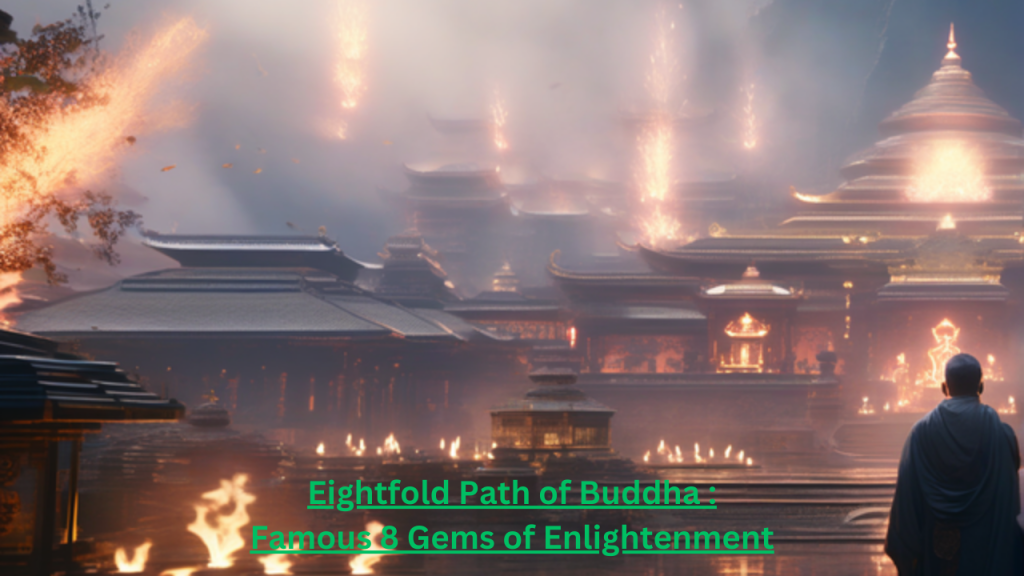
Of all spiritual practices, meditation holds utmost importance in Buddhism for instilling profound wisdom leading directly to liberation. It is through the consistent cultivation and integration of meditative stability and insight, or shamatha and vipashyana, that true intuitive understanding blossoms.
Core meditation practices used in the Buddhist path include:
Mindfulness of body (breathing), feelings, mind states, and phenomena
Tranquility meditation (samatha) to develop calm concentration
Insight meditation (vipassana) into impermanence, suffering and not-self
Contemplation of dependent origination, emptiness and selflessness
Loving-kindness meditation (metta bhavana)
With dedicated mental training, precursory insight into Sunyata and Three Marks arises, then matures into direct intuitive wisdom transcending verbal explanation. Meditation enables penetrating the deepest levels of ignorance.
Insight Knowledges and Awakening Factors

Buddhist texts delineate the progressive insight knowledges and awakening factors unlocked as wisdom matures along the path. Some examples include:
Knowledge of mental and physical phenomena
Knowledge of the arising and passing of the five aggregates
Knowledge of past abodes/future destinies
Knowledge of the ending of mental outflows
Knowledge of the destruction of the taints
As each successive stage resolves previous obscurations, penetration into reality’s essence deepens. Factors such as investigation, effort, rapture, tranquility, concentration and equanimity aid steady development.
With purification arises the Deathless element, signifying nirvana within view. At the final fruition is irreversible total liberation – complete perfect enlightenment.
